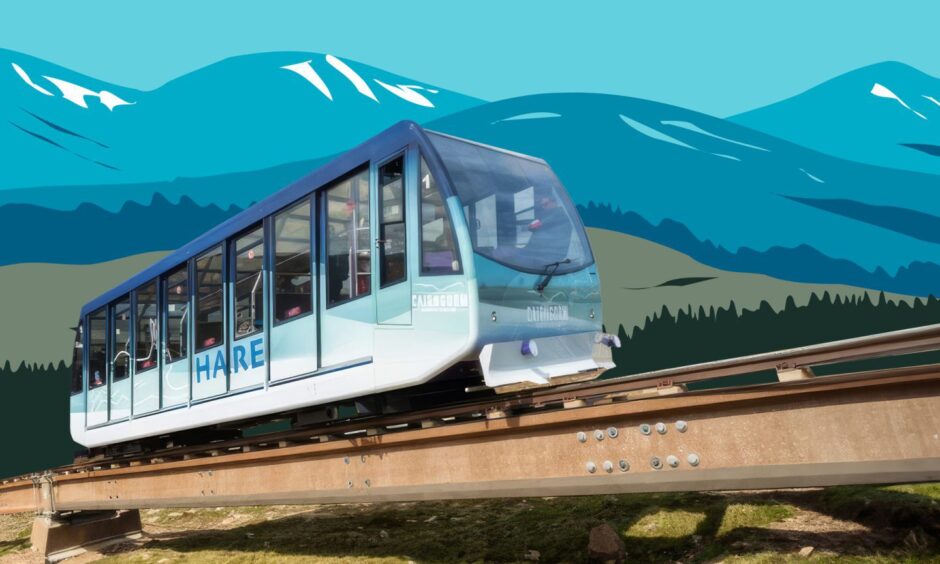
The Cairngorm mountain railway returned with a fanfare in January 2023 after eye-watering, over-budget £25 million repairs kept it out of business for nearly five years.
Yet within seven months the funicular was shut again so further “snagging works” could be carried out.
No exact timetable can be given for when it will be back in action, leading some campaigners to say it’s “doomed to failure” and should be removed.
The SNP Government is facing renewed demands for a full inquiry.
As bills rise and pressure builds, does the funicular have a viable future, or has public money been wasted on a train to nowhere?
Among the concerns are:
- Will tourists decide to stay away?
- Is it time to cut losses and remove the multi-million infrastructure?
- Can an inquiry get to the heart of any design problems?
An optimistic start
The funicular – despite vocal opposition during the planning stages – first started operating in 2001 after two years of construction at a cost of £19.5 million.
It was designed to open the mountain up to more visitors, boosting tourism around Aviemore and the spectacular landscape of the region.
The train – the highest in the UK – also replaced the White Lady chairlift which had been carrying skiers up the mountain since 1961.
Two more chairlifts and three surface lifts were taken out of commission between 2002 and 2008.
When can we expect the railway to reopen?
When the funicular temporarily closed again, Highlands and Islands Enterprise (HIE) – who are responsible for it – hoped it would be back weeks later in September.
This target was soon missed, as were plans to get the mountain railway back in commission by November for the winter skiing season.
Now HIE is unable to guarantee that the funicular will be working again by the end of 2024.
Is the funicular ‘fundamentally flawed’?
Campaigners who who argued the funicular is poor value for money feel vindicated.
“They’ve spent another £25 million on a fundamentally flawed structure,” said mountaineer Nick Kempe, who has written extensively about the funicular’s failings.
He added: “They might be able to patch it together, but it won’t be for very long.”
Campaigner Gordon Bulloch, who lives near the mountain resort in Grantown-on-Spey, is another outspoken critic.
He said: “They might get it working, but it won’t work for long.
“A brave businessman knows when to say ‘I got it wrong’. I don’t think HIE is inclined to do that.
“They’re still in this mindset where if they keep throwing money at the funicular, it’ll suddenly come good.”
Questions over costs
HIE bosses stand by analysis from five years ago which shows reinstating the funicular was the cheapest option.
At the time, a report said it would cost just over £16 million to fix the structure.
By contrast, estimates suggested at least £52 million would have to be spent on removing the funicular and replacing it with a gondola.
But the over-budget repairs ended up costing £9 million more than was initially hoped, casting doubts over the figures.
HIE says the repairs will not cost too much because construction firm Balfour Beatty is contracted to carry out the work.
An HIE spokesperson said: “We share the disappointment and frustration felt by many local people and all visitors to Cairngorm while the funicular remains out of service.
“Although there is no reopening date at present, we are working closely with Balfour Beatty who are progressing these works and will provide a clearer update as soon as possible.”
HIE also won £11 million compensation last year after taking legal action against three organisations over the mountain railway’s original design.
The agency says it carried out “rigorous” work before approving repairs when the structure went out of commission in 2018.
But Mr Bulloch disputes this. “Clearly they didn’t, because they got it wrong,” he said.
How ‘terror’ fears prevent design details being released
Mr Bulloch has been trying to access reports outlining the decision-making process.
He was shocked in February when UK transport chiefs said they could not release information because of terrorism fears.
His freedom of information request was partially blocked due to worries “hostile actors” would learn more about any safety concerns, increasing risks of an attack.
Mr Bulloch told us he has challenged the decision.
Is the delay harming tourism?
The wider area, which was designated a national park in 2003, is estimated to attract nearly two million visitors a year.
But are the funicular’s failure at risk of irreversibly damaging skiing in the region, given alternatives such as Glencoe and Glenshee are available?
Martin Bell, marketing manager for Cairngorm Mountain Sports in Aviemore, said a poor snow season compounded problems with the railway.
He told us: “The fact the railway isn’t working is going to make other resorts appeal more.
“I’m sure they’re doing all they can, but it’s taking a while, and the local economy needs as much help as it can get.
He added: “I think they’re in a no-win situation. If they spend more money they’ll be criticised.
“But they have to do something. Ripping it out will also cost a fortune. I’m just glad it’s not my choice. Now it’s almost the norm, and we’re getting used to it.”
HIE says the funicular is a “key cultural attraction” for tourists visiting the Cairngorms.
But Mr Bulloch, an avid mountain climber who used to run a B&B in his hometown, disputes this.
“They keep trotting out that the funicular is crucial to the economy. That is complete nonsense,” he said.
“The funicular has hardly operated in the last five or six years. Do you see Aviemore on its knees?”
One man trying to get an answer to that is the aptly named Edward Mountain, an MSP for the Highlands and Islands.
He is repeating demands for full inquiry, and says: “So much potential spending from tourists and skiers has been squandered because of this – the whole thing is a complete disgrace.”
Is there still hope for the funicular?
Inverness and Nairn MSP Fergus Ewing, who was the SNP’s rural economy and tourism chief when repairs were approved, remains bullish about its future.
He said: “The funicular is being repaired and will resume service. It also provides all-year round access to Cairngorm.”
But mountaineer Mr Kempe said Mr Ewing had made a “mistake” by backing the mountain railway for so long.
He said: “Sooner or later the politicians are going to have to accept the inevitable. It’s doomed to failure.”
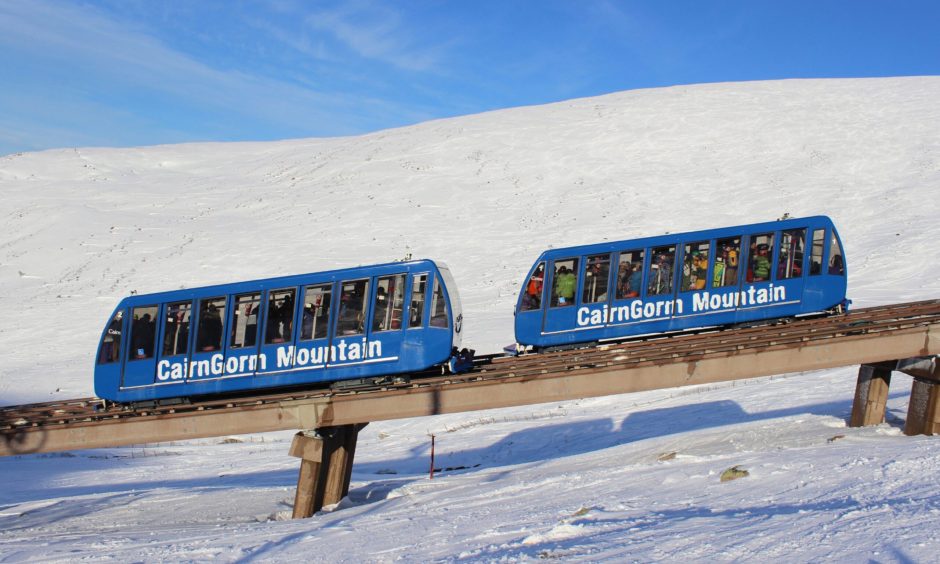

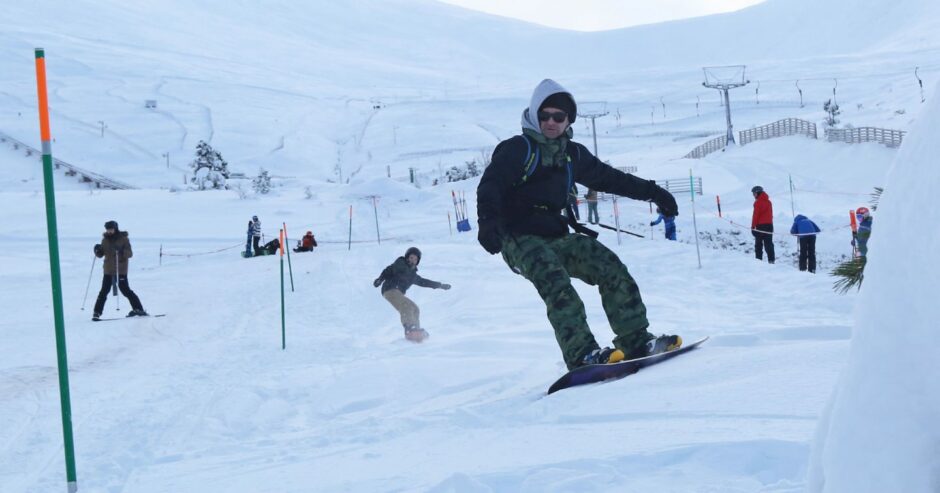

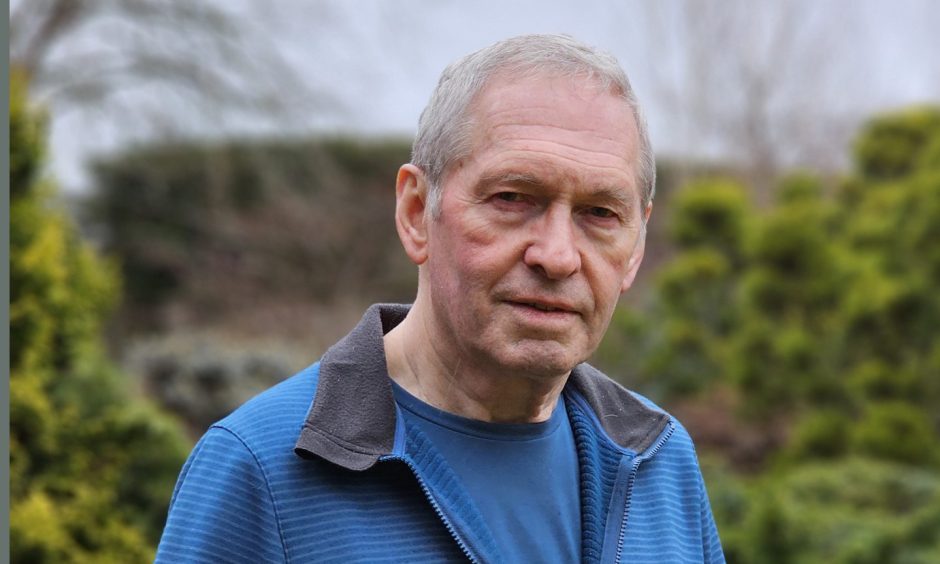
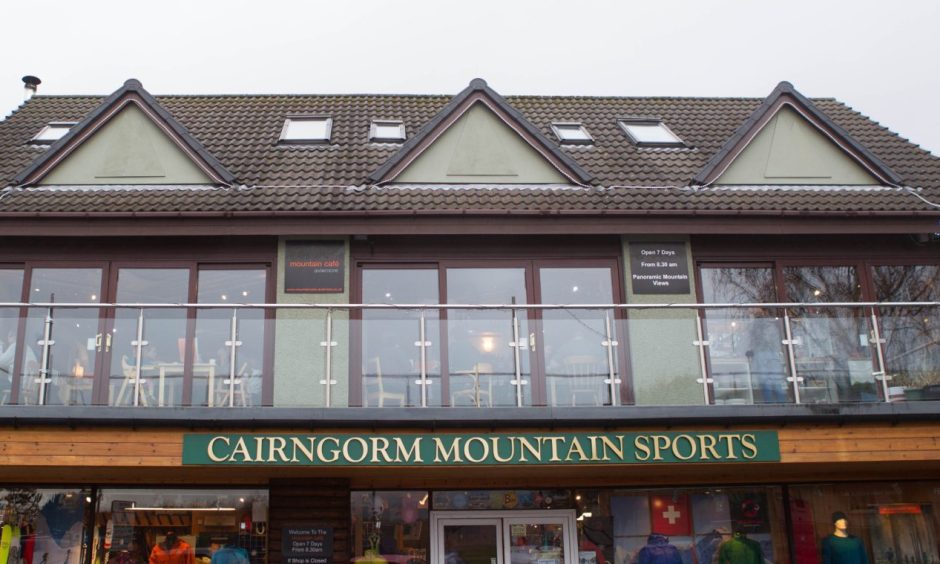
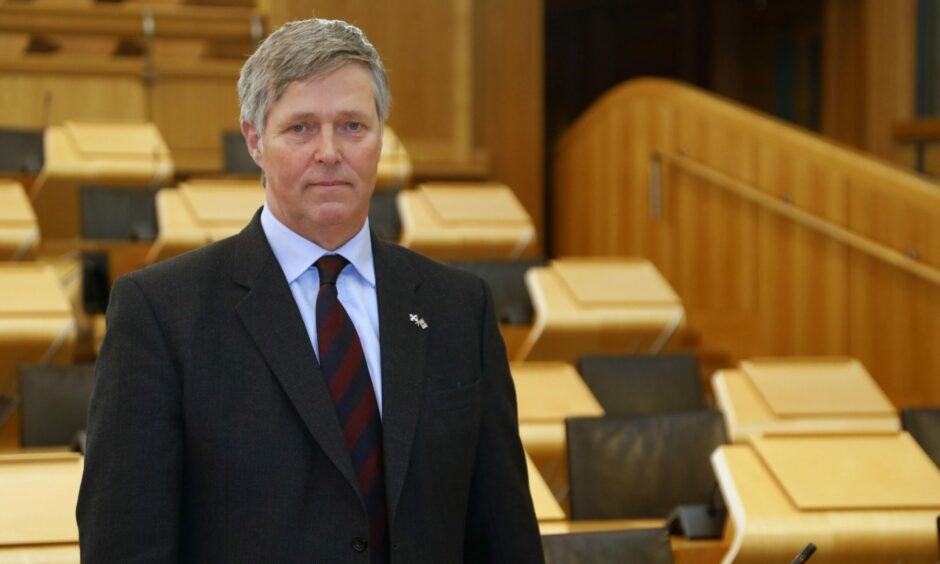

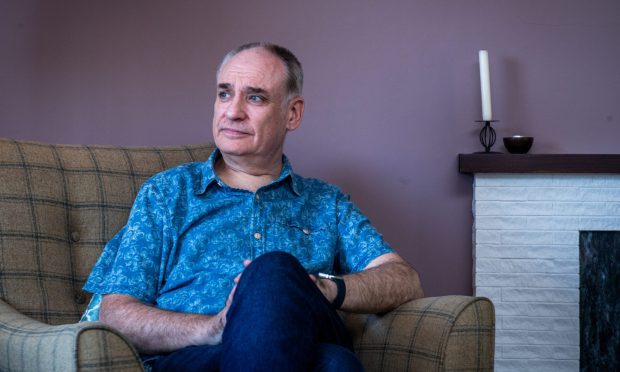
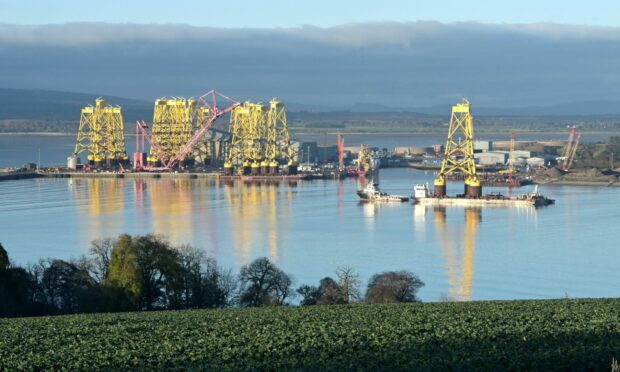
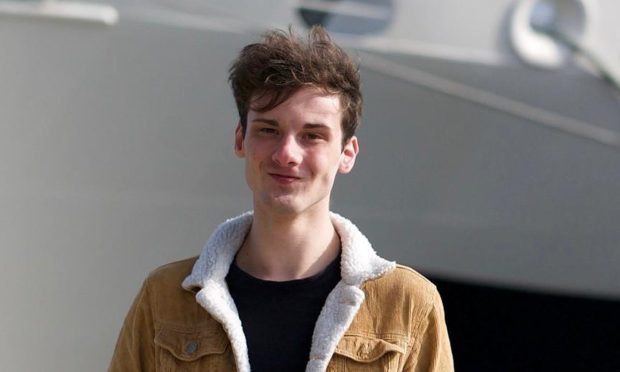

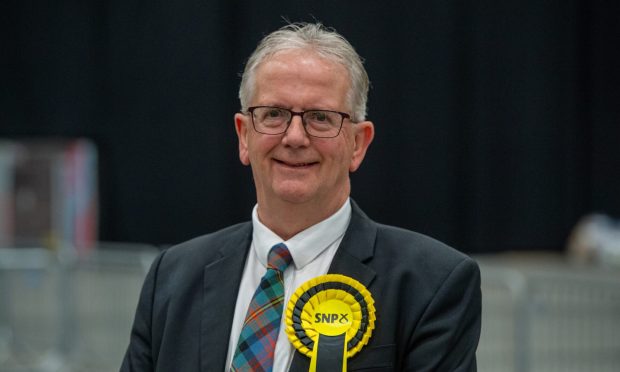
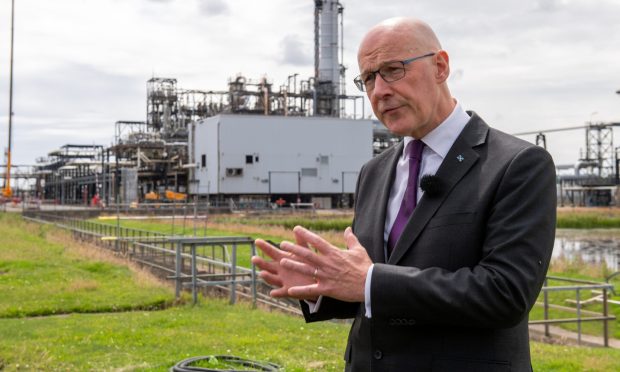
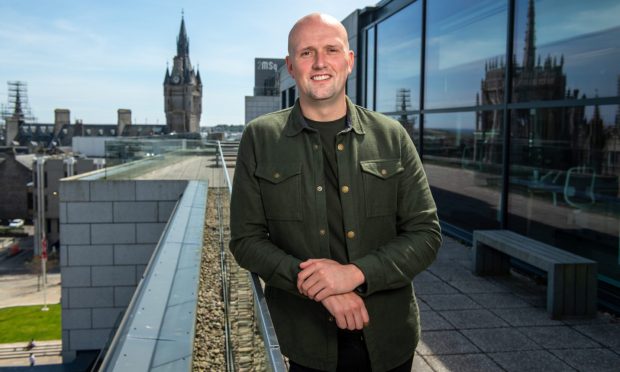
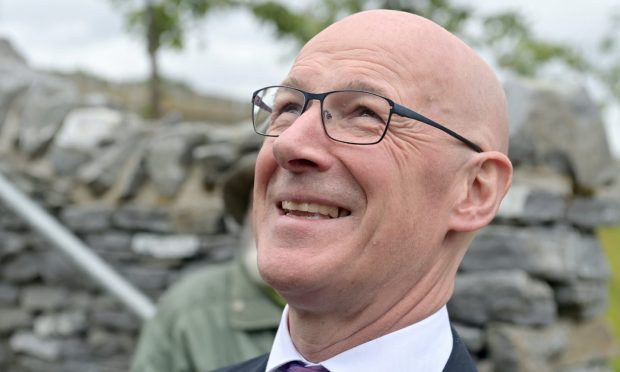
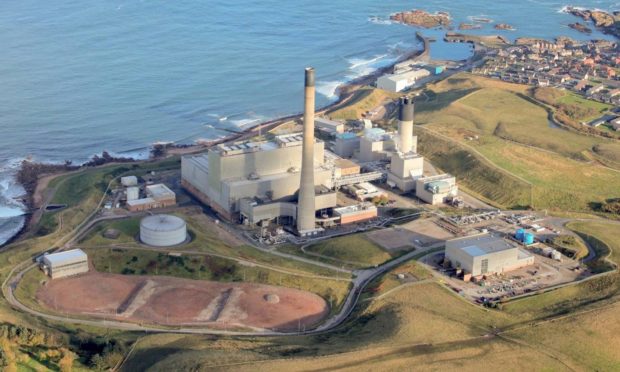
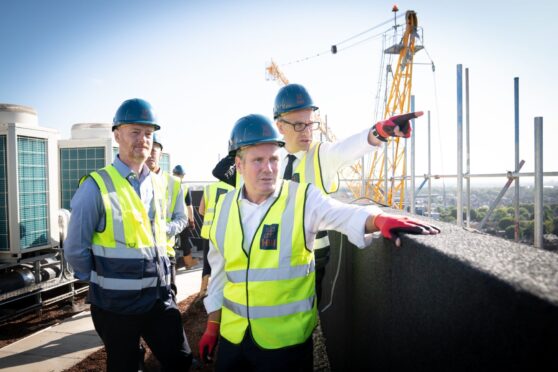
Conversation